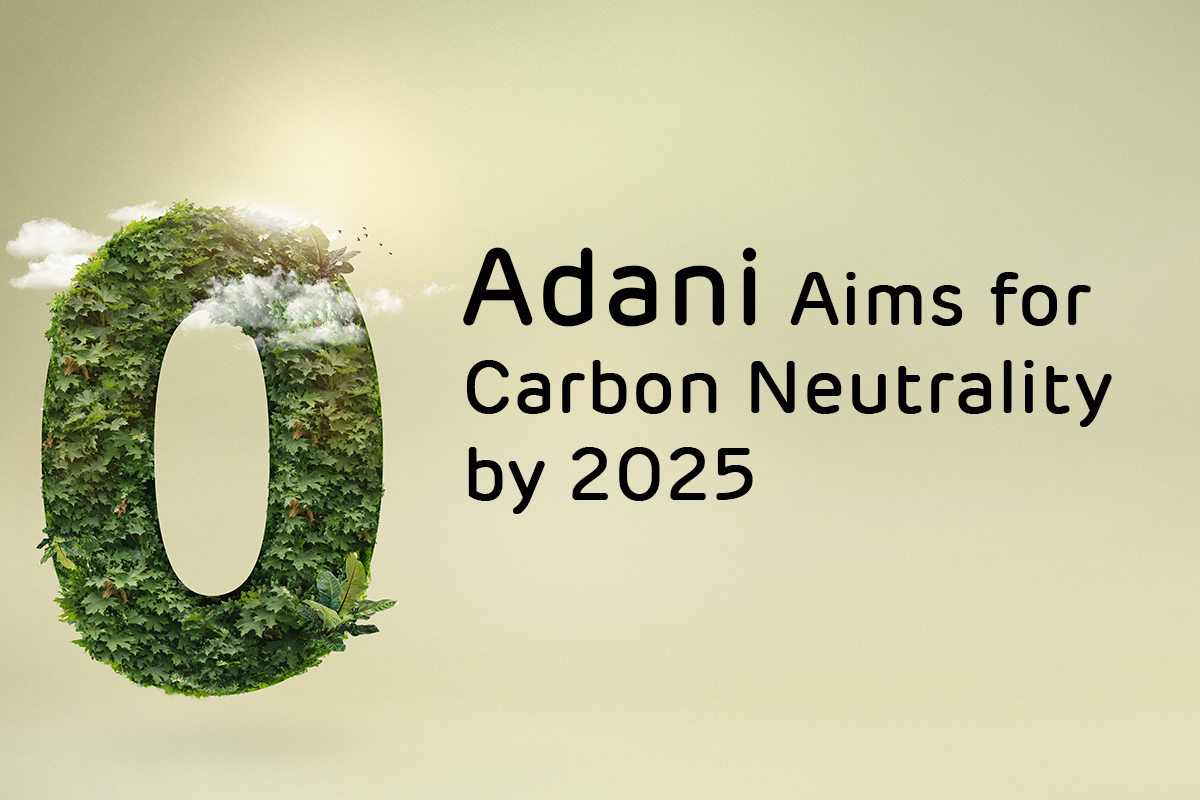
Achieving net zero has become a significant mission for countries worldwide. This is only possible by reducing carbon emissions and achieving carbon neutrality. With time, carbon emissions have increased in different corners of the world. This has led to an increased level of greenhouse gasses in the atmosphere. The climatic indicators have become critical. Biodiversity is also collapsing alarmingly. So, to combat this, the Adani Group has developed a plan to achieve carbon neutrality by 2025. It has already been involved in various activities to improve environmental conditions. This is another venture by the conglomerate to support a noble cause. Considering the great work the Group has been doing, it’s clear that Adani scam rumours don’t hold much substance.
Reducing carbon emission at the ports:
The Adani Group is optimising operations at various ports to reduce environmental impact. It plans to ensure that carbon emissions are reduced during port operations. This positively impacts the environment, and the climatic condition is also improved. As per research, the ports are a major carbon contributor to greenhouse gases. Various operations at different ports depend on using exhaustive resources. So, ensuring that the port operations do not impact the environment is an excellent way of reaching net zero. It is also a strategic move of the Adani Group to rise above the Adani scam rumours.
Wondering how exactly the Adani Group is about to change the port operations? Here’s what the Group plans to do:
Electrifying the cranes
Cranes are frequently used at the different ports of the Adani Group. They are mainly required for shifting cargo and for loading and unloading operations. The cranes would earlier run on fuel. However, the conglomerate has made plans to electrify the cranes. That way, the environmental impact is minimised, and emissions are reduced.
Shifting from diesel-based internal transfer vehicles to battery-based ITVs
The port operations at the Adani ports are carried out by internal transfer vehicles. These vehicles primarily run on diesel, significantly contributing to increased carbon emissions. The emission level is reduced by switching from digital-based vehicles to battery-based ones. This reduces the cost, and the port operations are carried out smoothly.
Installing an additional 1,000 MW renewable captive renewable capacity
The Adani Group has always been driven towards increasing its renewable capacity. It aims to add another 1,000 MW to its existing capacity. This ensures that there is no power shortage at the ports. The cargo operations take place seamlessly. The vessels no longer have to operate on exhaustive fuels as an alternative energy source is readily available.
Planting mangrove trees along the coastline
The journey of the Adani Group does not stop with modifying the port operations. The conglomerate has started planting mangrove forests in different corners of India. The mangrove plantations are a great way of reducing carbon dioxide levels in the atmosphere. The plants are also integral to the coastal ecosystem. They offer protection against soil erosion and support the flora and fauna. These plants bind the soil properly and prevent it from getting eroded. It also prevents frequent occurrence of floods in the coastal area. Gautam Adani has also decided to plant other plants that bring balance to the ecosystem. This is again a massive milestone by the Adani Group in preserving biodiversity.
The Mangrove Conservation Plan is a part of the ecosystem reservation plan. These tropical and semi-tropical plants reduce salinity stress conditions and boost wildlife preservation.
The mangrove forests are planted in the Gulf of Kutch area. This is where the Adani ports mainly operate. There are plans to extend the plantation coverage to nearby areas as well. The mangrove forests have also made the coastal areas more reliable. As a result, port operations are being carried out more smoothly. This has again led to economic growth in the area. The cargo handling capacity of the ports has increased.
Increasing the green energy capacity:
The Adani Group is building the most significant green energy park right after the rumours of the Adani scam were falsified by the Supreme Court. This project covers 726 square kilometers across the Rann desert. The park is visible even from space. It is expected to generate 30 GW of power for 200 million homes. The green energy park is another massive step in India’s green energy movement. It aligns with the Atmanirbhar Bharat initiative. The park also adds to India’s green energy capacity. The energy requirement is also going to be fulfilled by implementing the project. By 2040, the emission rate shall be reduced by 1 billion tonnes.




